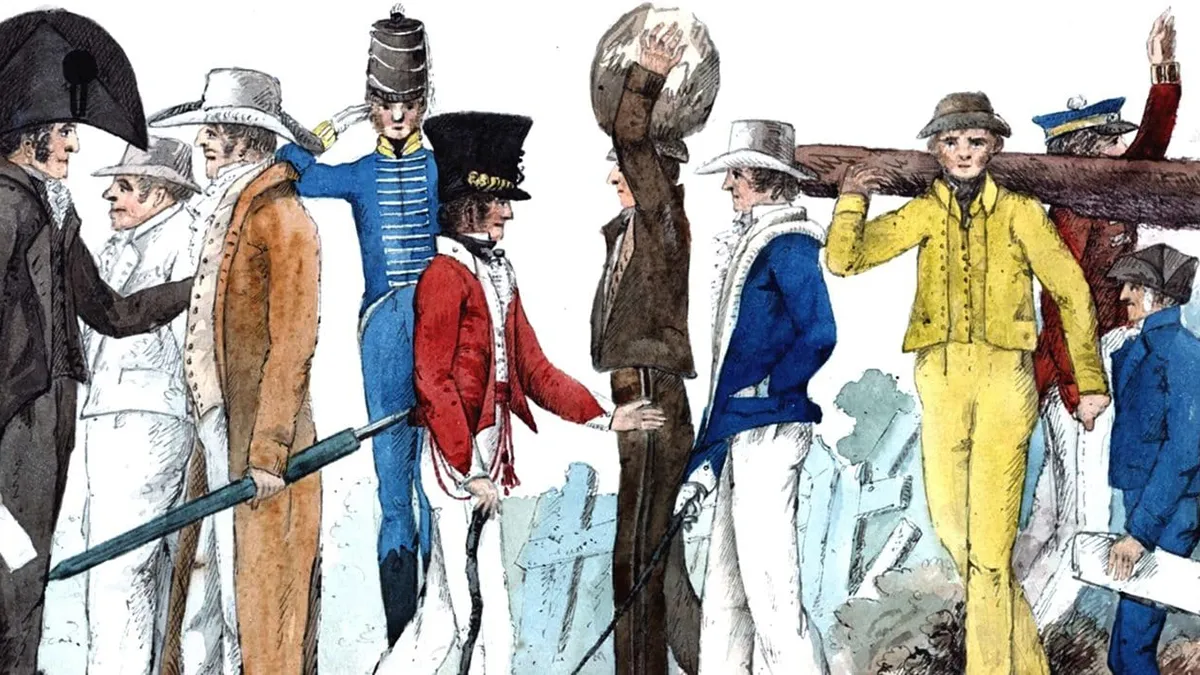The past is a great antidote to the panics of the present.
Not just the fact that “the good old days” rarely were, but the lessons of a deeper time. Especially when it comes to the more lunatic pronouncements of the environmental lobby and climate alarmists.
According to a completely mad research paper published by eleven reef researchers – each a high-profile marine biologist – the Great Barrier Reef was pristine before the arrival of humans. According to this crew, published in the prestigious journal Science in 2003 (entitled ‘Global Trajectories of the Long-Term Decline of Coral Reef Ecosystems’), a rather large 25 per cent of the inner Great Barrier Reef was destroyed with the arrival of Australian Aborigines.
Certainly, the Aborigines had a marked effect on the Australian landscape when they showed up. There is evidence that their habit of lighting fires to clear dense woodland for easier hunting forever changed the ecosystems of the eastern coastlands in particular. The arrival of the Aborigines is also curiously coincident with the extinction of Australia’s megafauna: the giant wombats, kangaroos and goannas that once roamed Gondwana.
But they should probably be given a pass on the Great Barrier Reef: mainly because it pretty much didn’t exist at the time.
When the Aborigines arrived much of the region known today as the Great Barrier Reef was open Eucalyptus woodland […]
Back then, the Pacific Ocean began at the edge of Australia’s continental shelf that is now 100 to 200 kilometres offshore.
Sea levels began to rise some 18,000 years ago, after the arrival of the Aborigines. In fact, 100 per cent of the Great Barrier Reef was formed after the arrival of humankind.
Probably not exactly true. The “substrate” of the Great Barrier Reef seems to have come and gone with the past few million years of tectonic changes. Nonetheless, the site of the present reef was either muddy estuaries or coastal plains for much of that time. The coastal plain was dotted by some larger hills, which were the remnants of older reefs: coastal “skeleton” deposits date back some half a million years.
The earliest complete reef structures of what is now the Great Barrier Reef began about 600,000 years ago, but the current reef as we know only began growing on that much older platform about 20,000 years ago: well after the arrival of the ancestors of the Aborigines.
The first Australians predate the Great Barrier Reef by some 40,000 years. The first Australians walked across from New Guinea during the depth of the last ice age when there was no Great Barrier Reef. In fact, sea levels were about 120 metres lower than they are today.
It is only in the last 10,000 years, since the beginning of this geological epoch known as the Holocene, that the Great Barrier Reef has formed. It formed after sea levels rose by more than 120 metres during a period from 18,000 to 10,000 years ago when the coastline was being eroded by up to 50 metres each year.
Spectator Australia
Indeed, while the Chicken Littles of climate alarmism are panicking over a predicted ? metre of sea-level rise, it pays to recall that sea levels have risen by 120 metres since the Aborigines arrived in Australia. In fact, at one point, sea levels rose so fast that elder Aborigines in the north of Australia would have been able to watch their familiar hunting grounds vanish under the waves within their own lifetimes.
Maybe the young Aborigines should have glued themselves to a few trees in protest.
Please share this article so that others can discover The BFD









